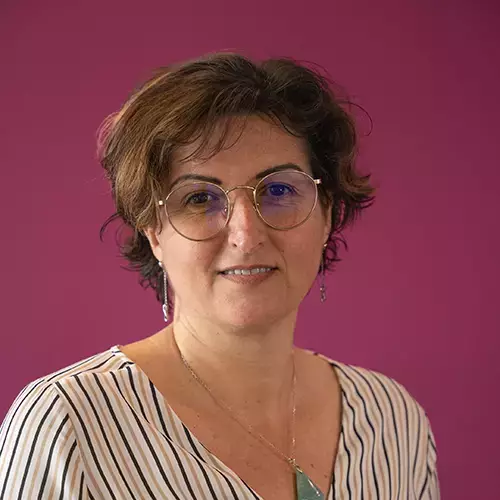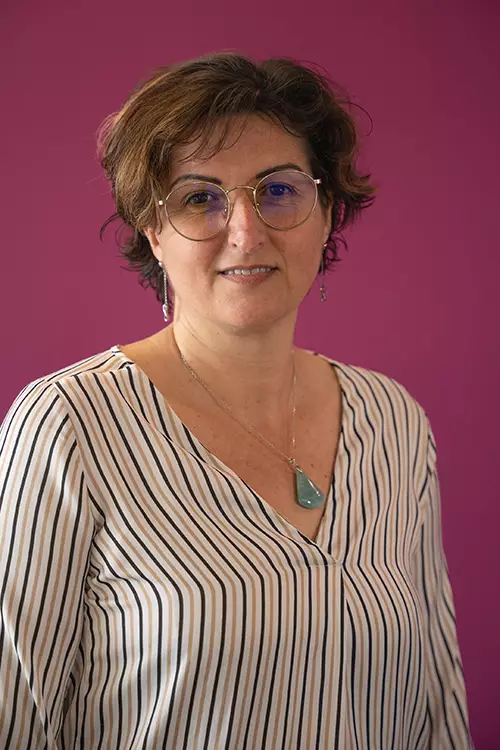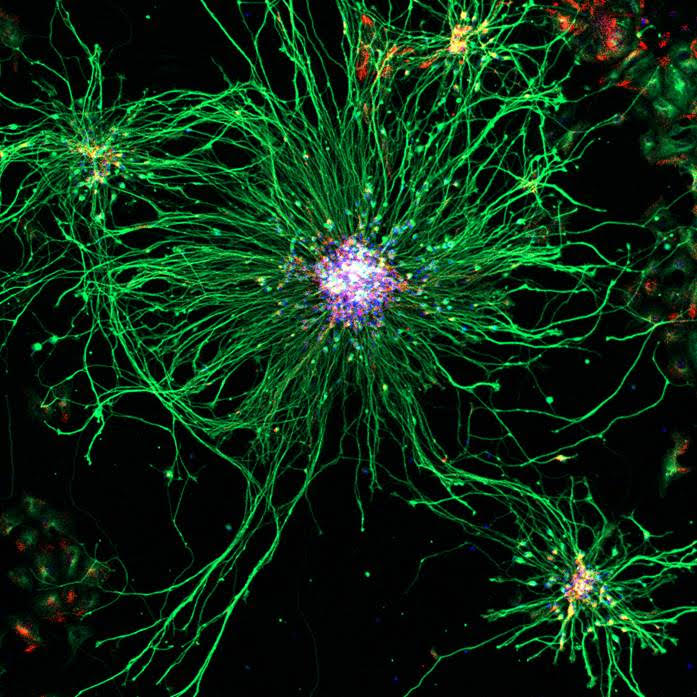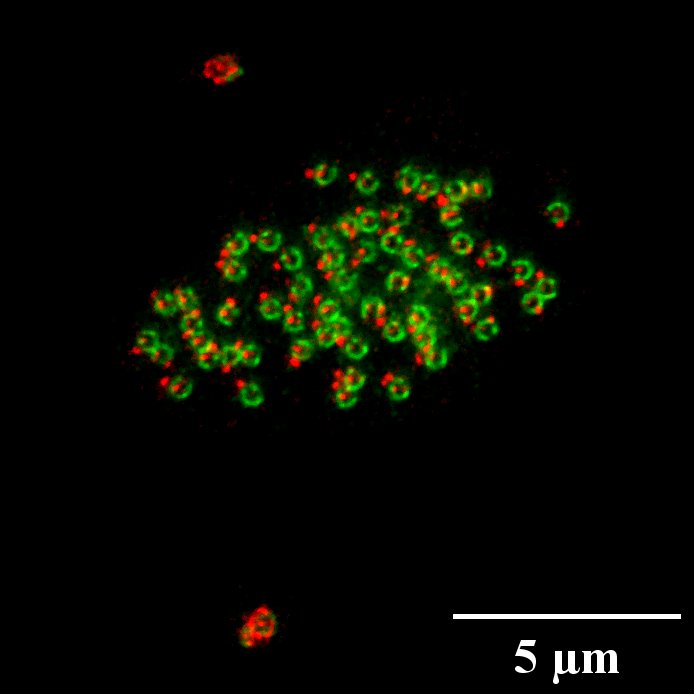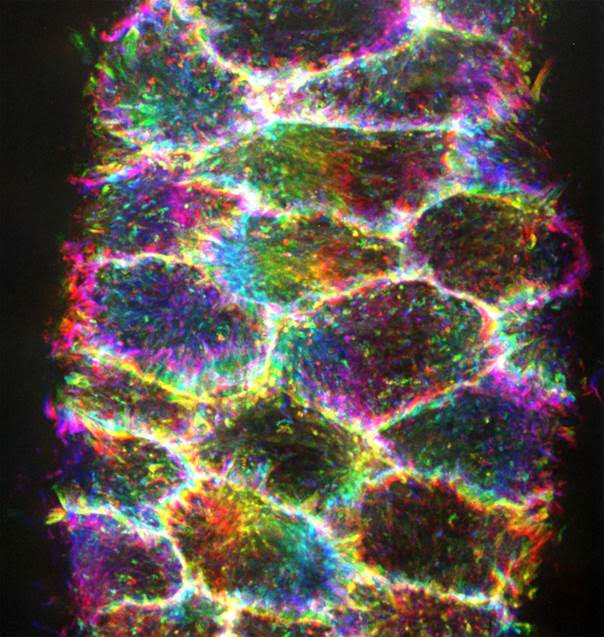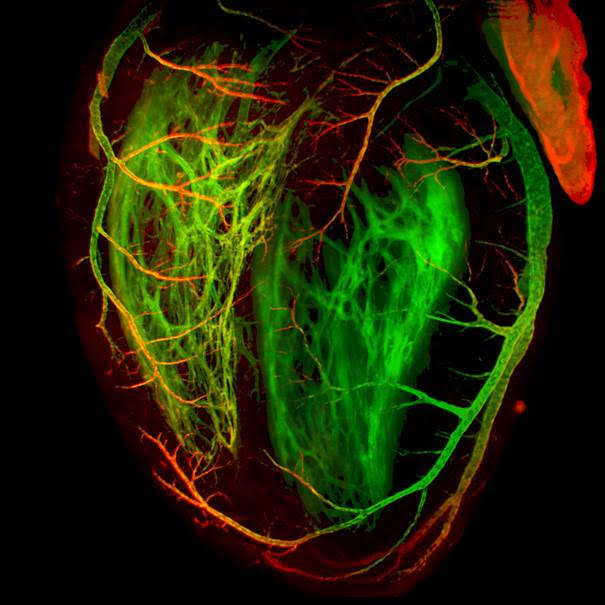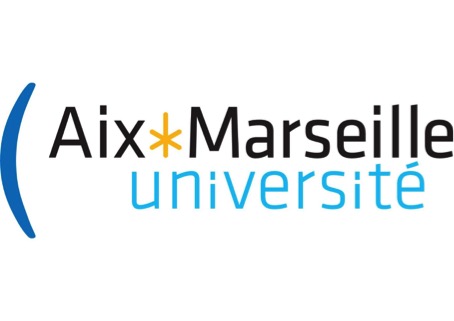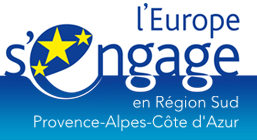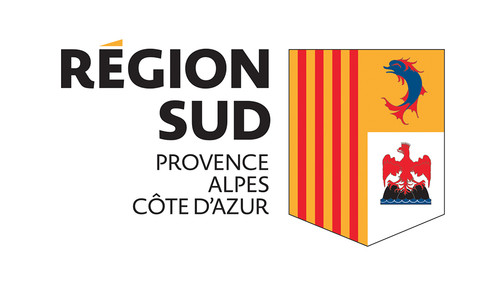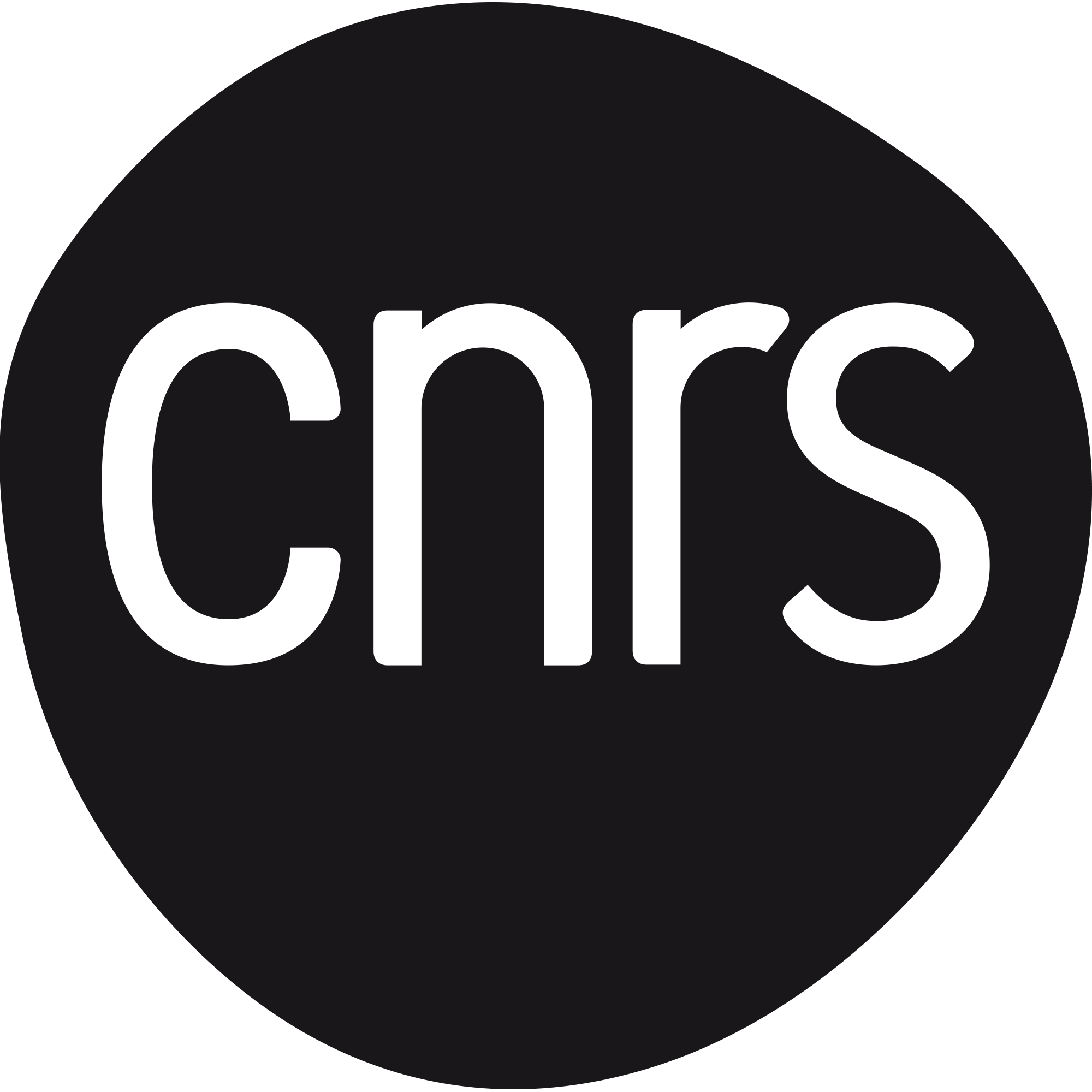
Team members
Optical imaging
Optical microscopy for biological imaging from the subcellular to the scale of the whole organism
The Light Microscopy department of the PiCsL-IBDM imaging facility provides the local, national and international scientific community with expertise and light imaging systems for imaging at multiscale from cells to whole small organisms. Our service offer comprises technical advices, training and experimental design
The pricing of the microscopes booking, our service offer and our training offer is based on fares validated by the CNRS.
CNRS pricing decision for IBDM imaging – 2020
Hourly cost of Imaging Services – 2020
Contact the team
Do you need our service ?
Please, do not hesitate to contact us
Equipment
Equipment
Standard microscope techniques with fluorescence contrast diffraction limited
Publications
Our latest publications
News
of the team
Articles
Job opportunities
Articles
No Posts found..
Job opportunities
No jobs opportunities found..
Team members
Technical Staff at your service
Technical Staff
Technical Staff
Technical Staff
Technical Staff




